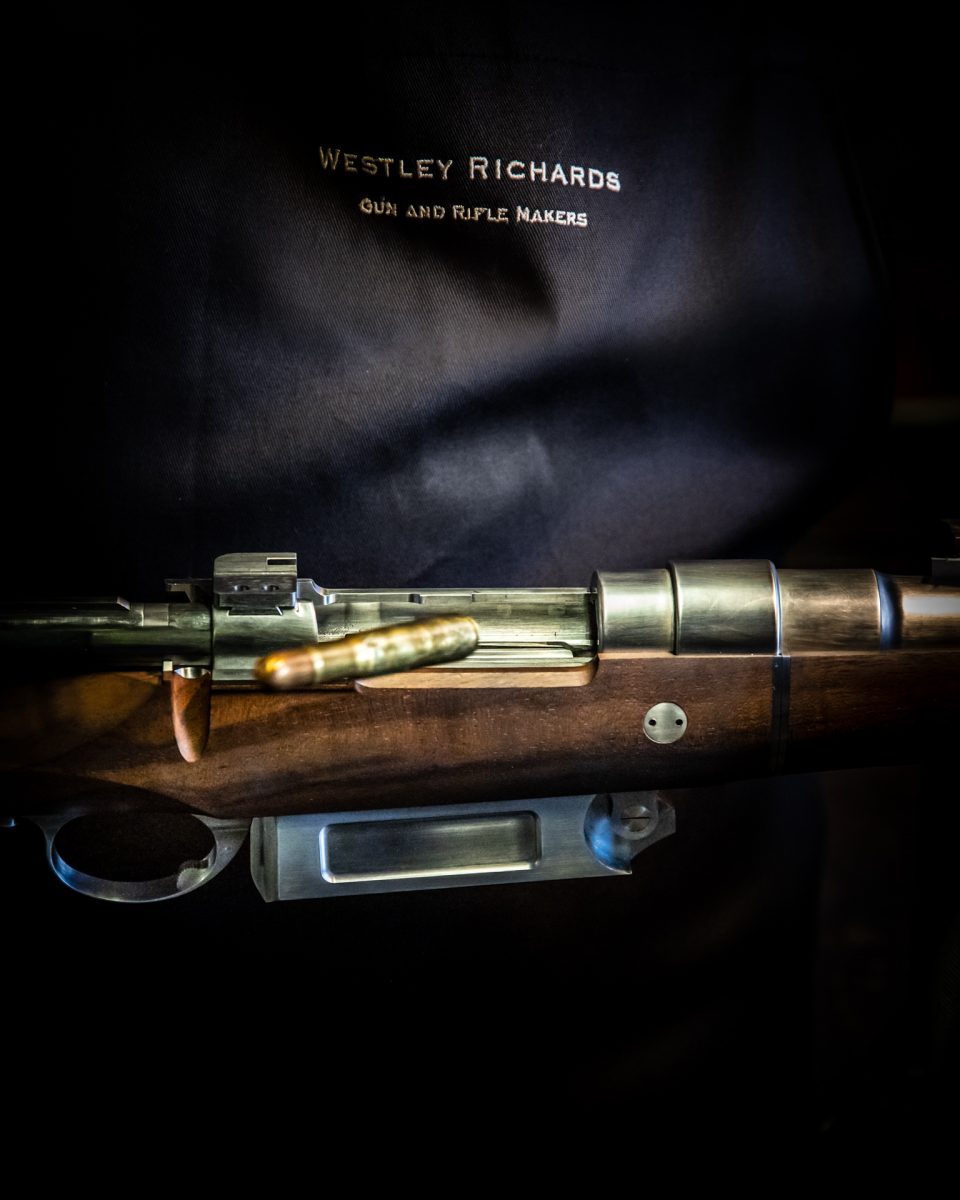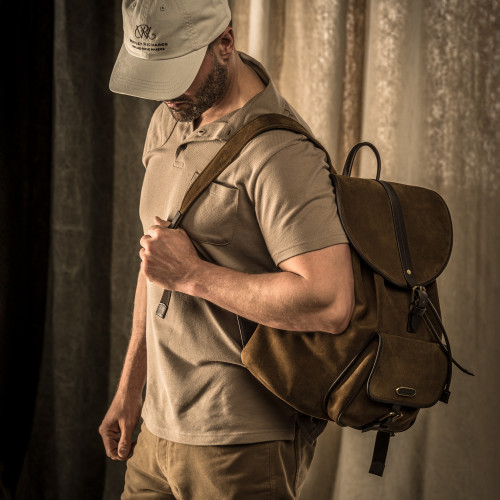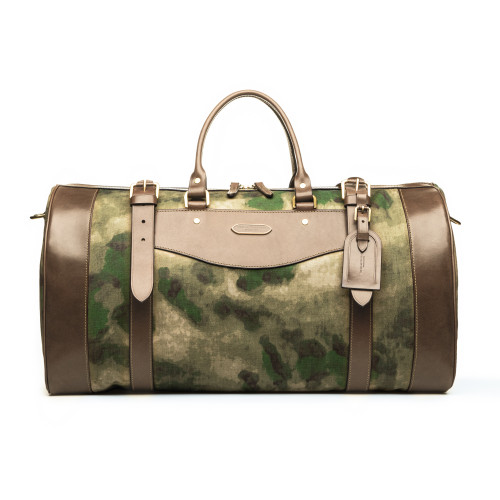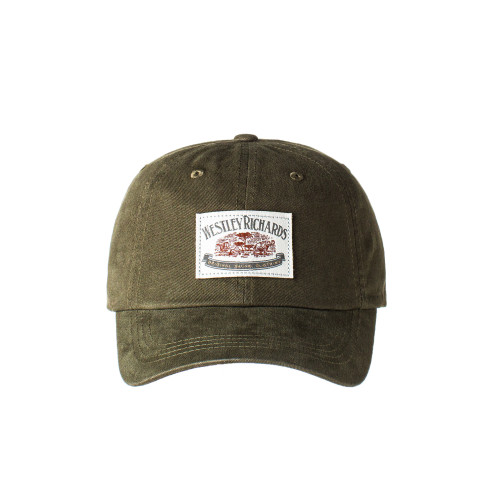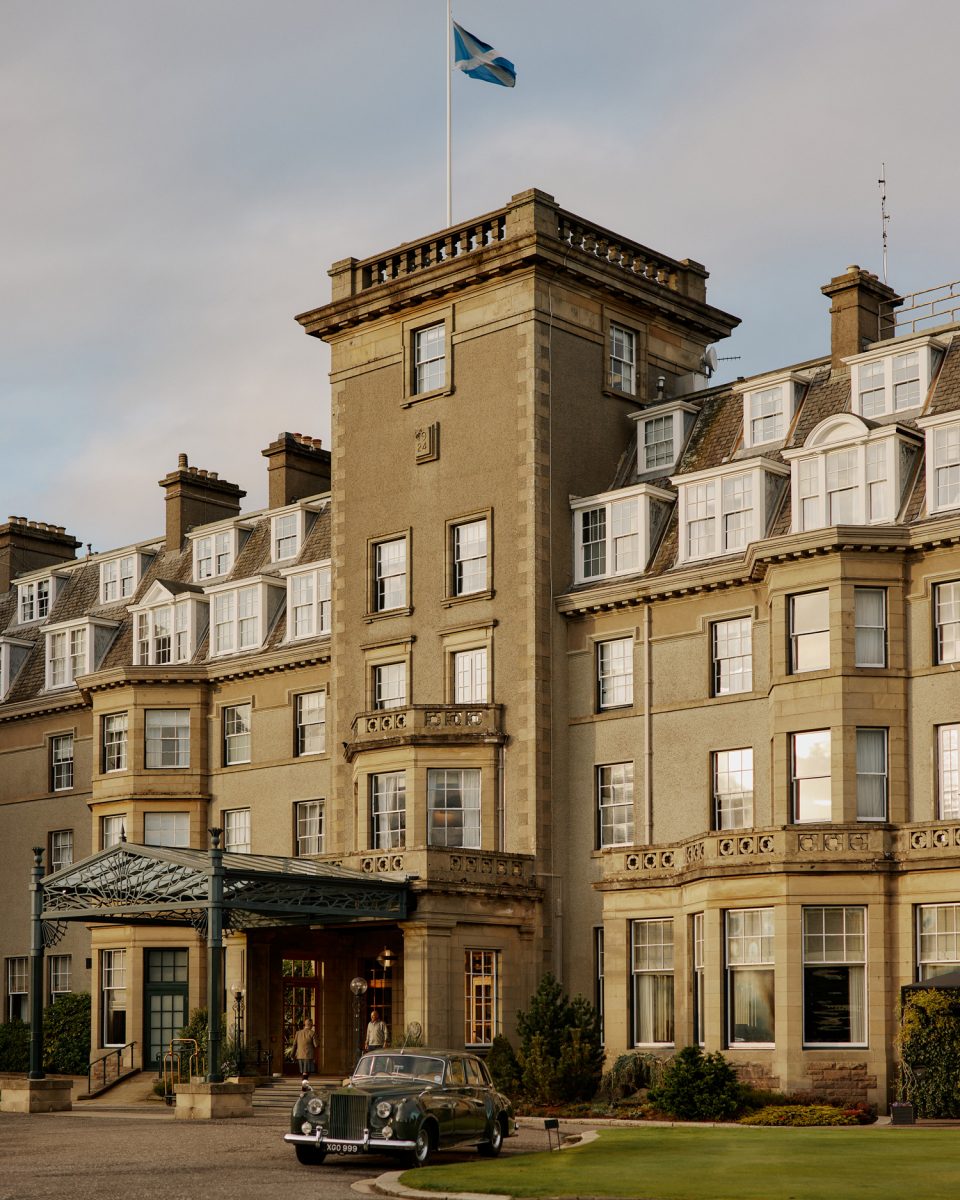To ensure these aims are achieved, Westley Richards rifle makers pay close attention to them at every stage of production.
Before the rifle goes to stocking, the feed cycle is checked. There is potential for even small alterations to affect the operation, so before and after each one, the process is repeated. Every time the bolt is worked, the rounds need to feed and the firing cycle functions as intended.
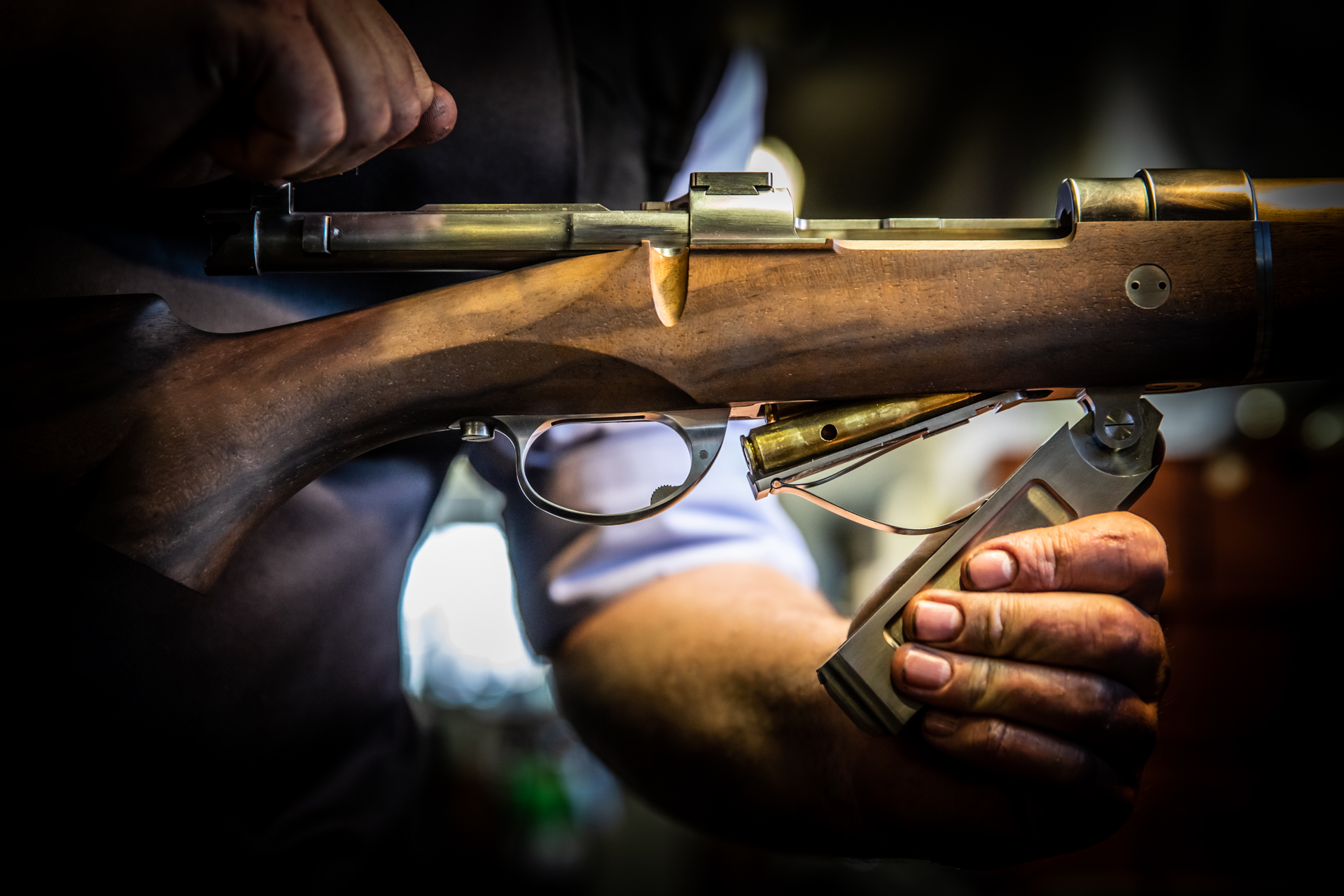
Once back from stocking, the feed is checked again and sight regulation begins. Our specialists in charge of this stage are Struan and Ed.
At this point, islands or quarter ribs for the rear sights (depending on specification) are hand-fitted. Smithson mount points are machined, if a ‘scope is to be added, and foresight blocks are cut in-house.
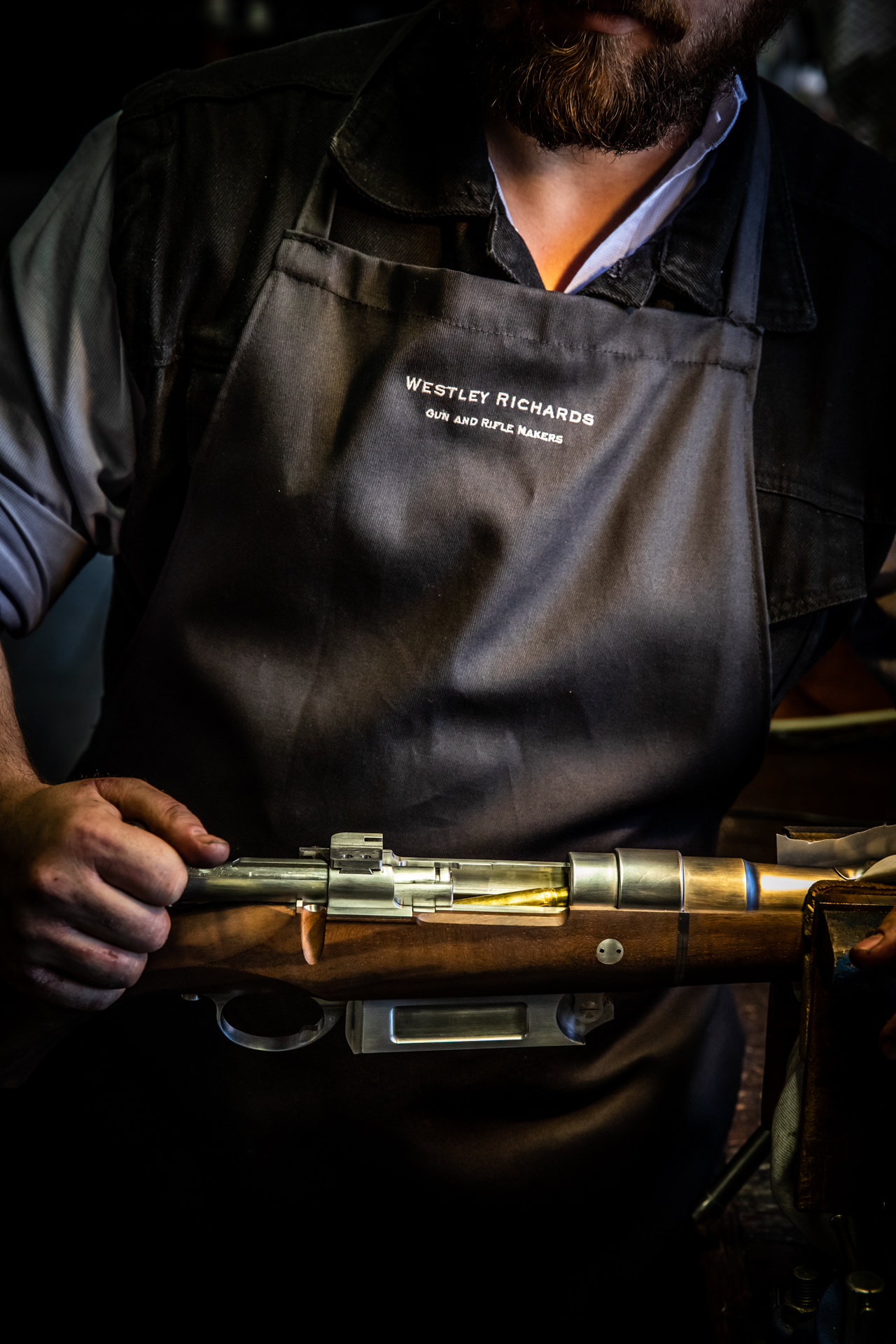
Before machining and fitting any of the sight components, measurements are taken, so a very good idea already exists as to what the point of impact and the sight alignment will be when they are assembled.
At this stage the initial cut is made to the rear ‘V’ and two test shots are fired. As long as they hit the same spot, Ed (pictured here) can estimate the adjustment needed to bring the point of impact down to the centre of the target. A second cut is then made accordingly and the rifle test fired again. That data will provide the adjustment needed for the third and final cut.
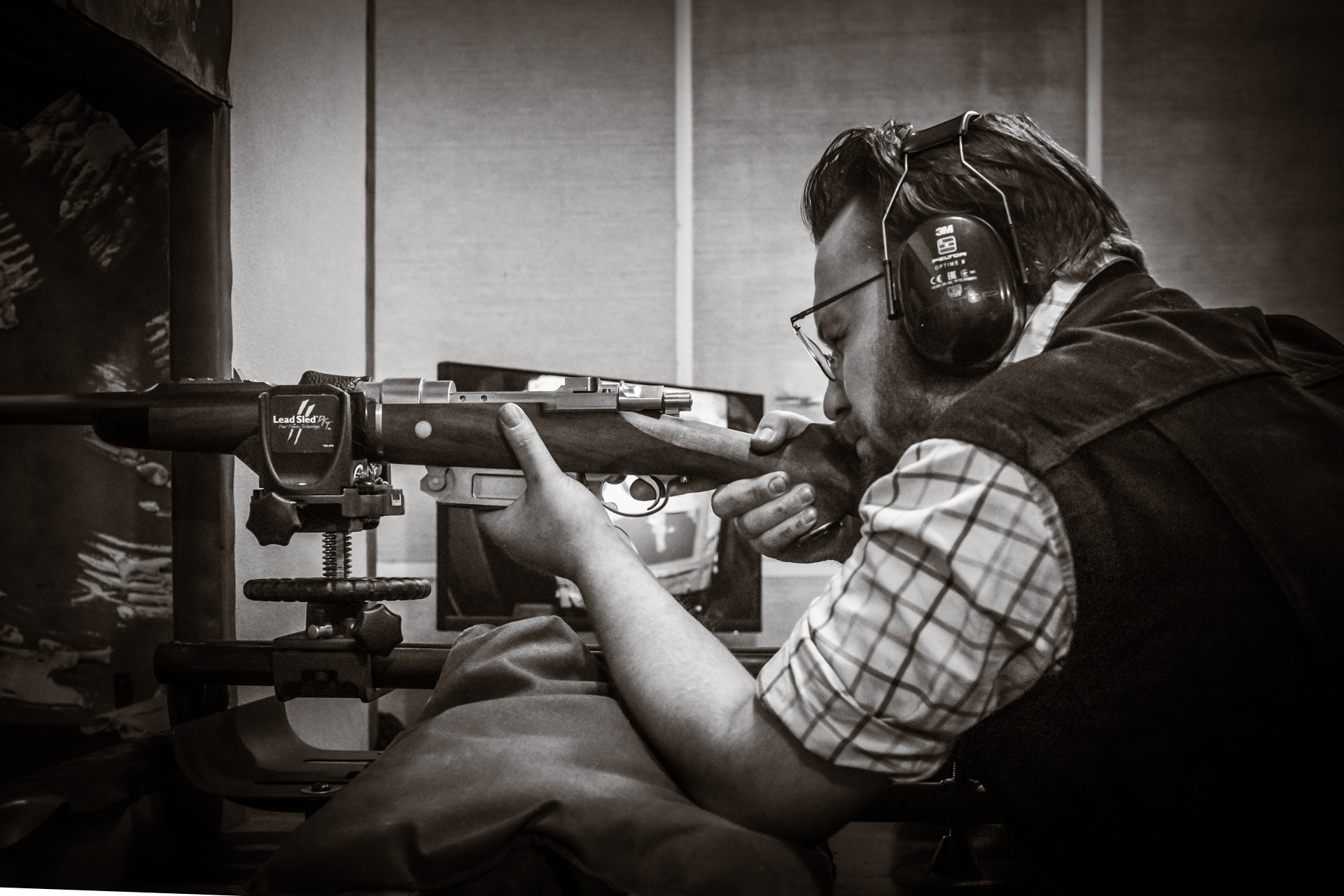
The final test firing is done with the ammunition specified by the customer to ensure it performs as expected with that exact load. Fine adjustment is made if necessary.
If a customer intends to use both soft and solid bullets, they are asked to provide a preference (what they expect to use most of the time) and the sights set to shoot that precisely to order. A second target is provided with the second bullet choice to show the point of impact difference if there is any.
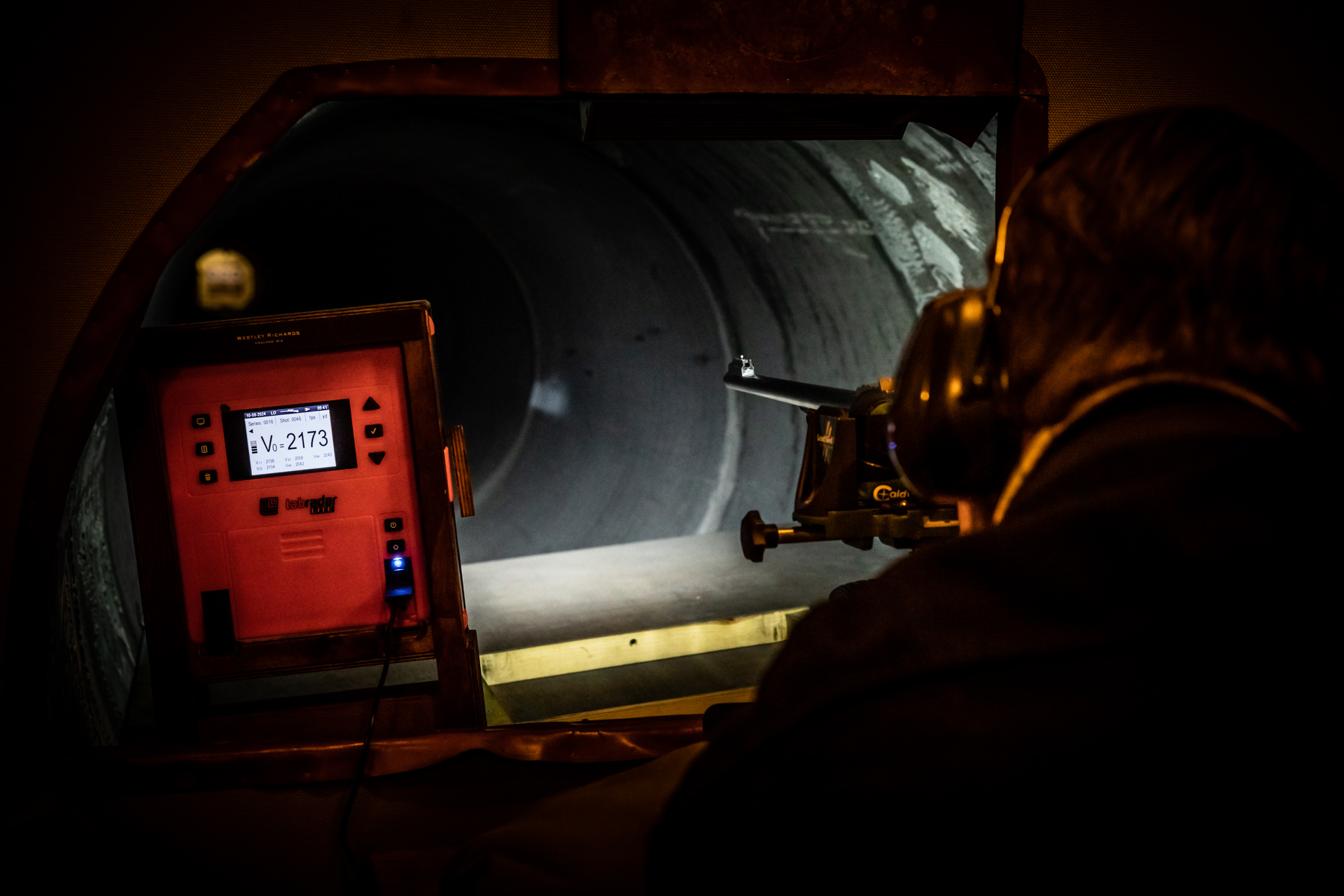
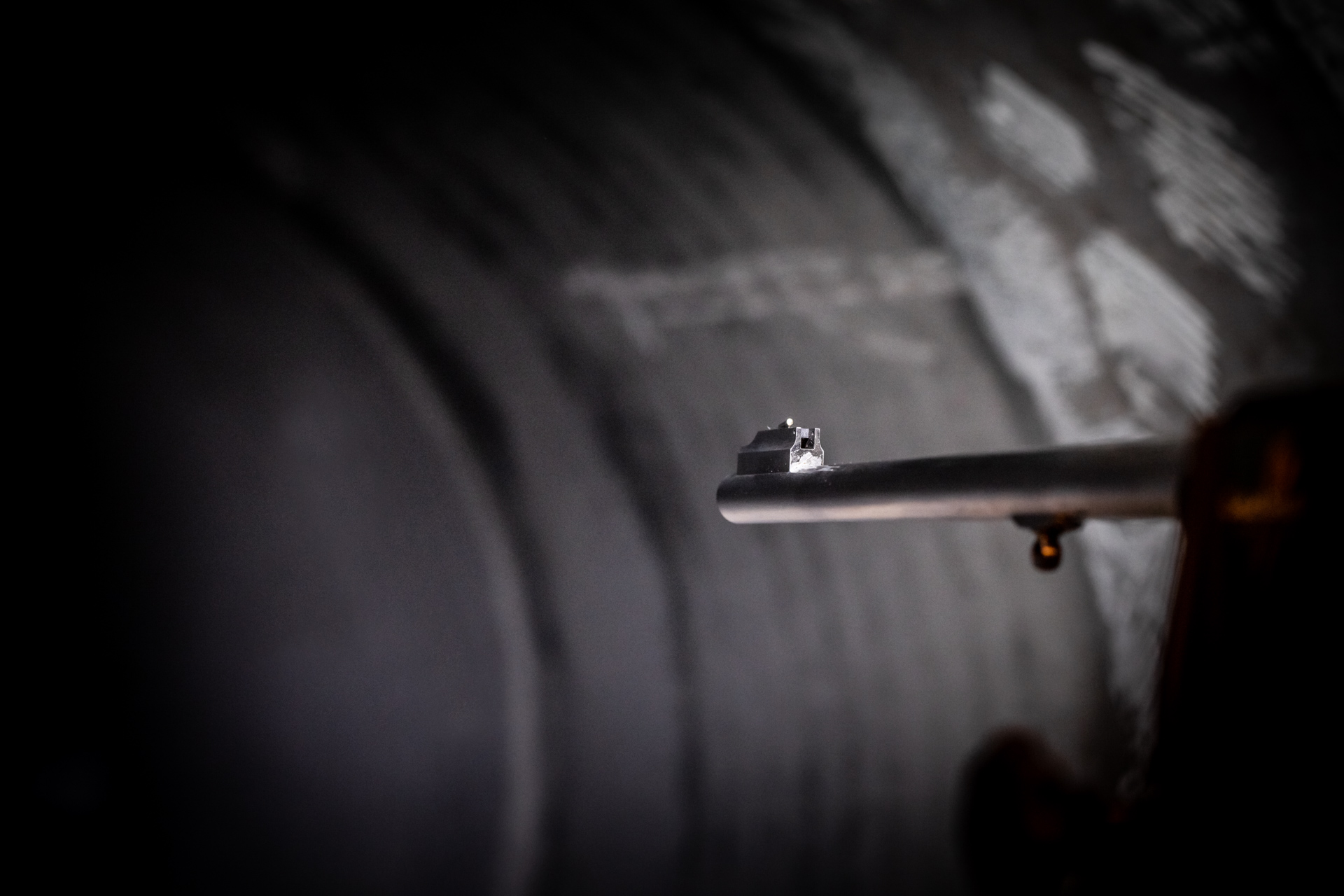
Should a rifle scope be fitted, during assembly, the Smithson ‘scope mount points are machined with regard to the alignment of the rifle, accounting for the position and height of the ‘scope, so that very little alteration to the factory setting should be required. The vast majority of the telescopic sights we fit are Swarovski.
All this testing is carried out in the specially constructed 50-yard range at the Birmingham factory. If longer range testing is required off-site, it is done, but if a rifle shoots accurately to 50 yards, then the ballistic data provided by the ammunition manufacturer should make calculation of adjustment to range straightforward.
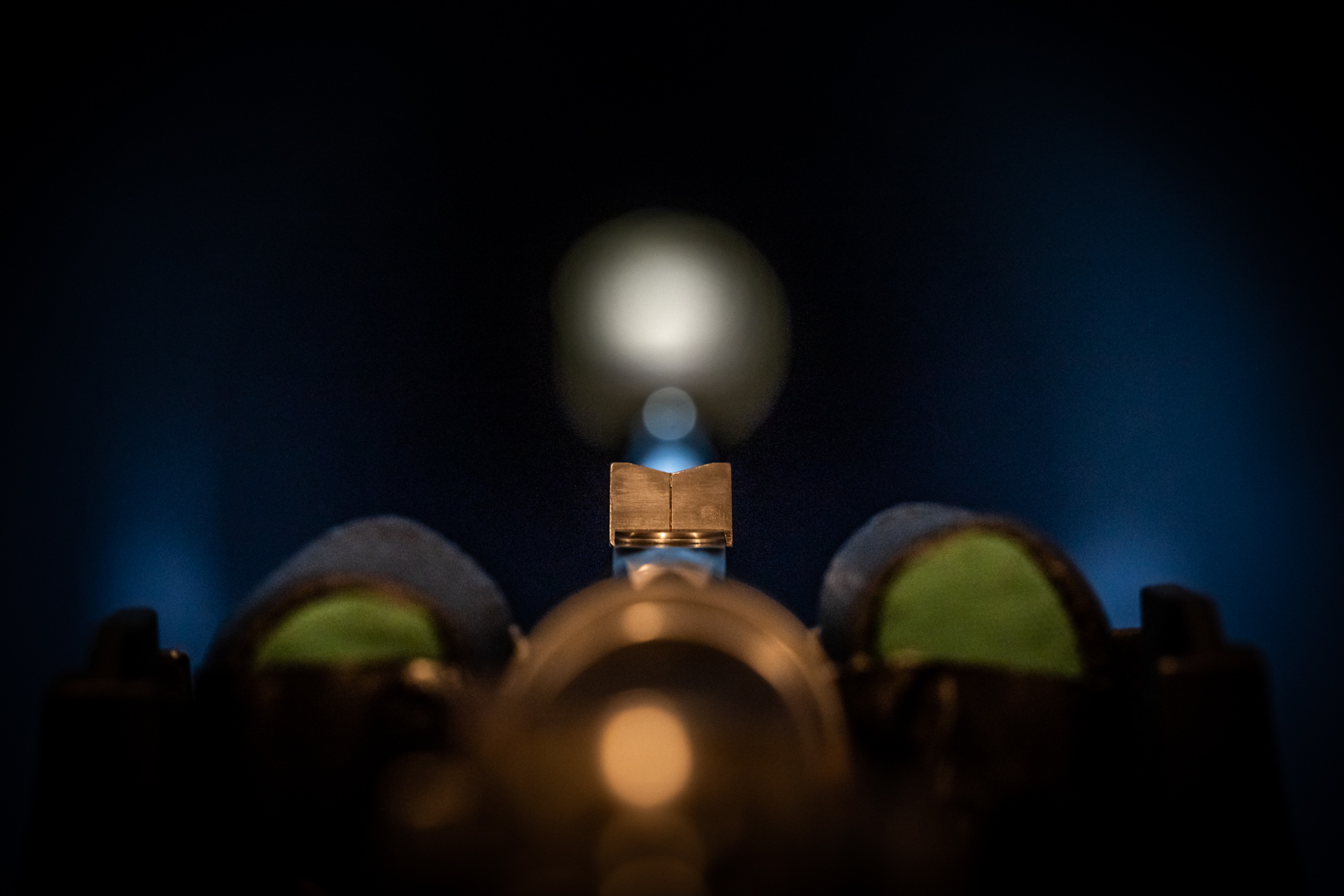
Struan or Ed will often provide quick-reference adjustment marks for ‘scopes with ballistic turrets and set them to appropriate ranges, simply marked 1,2 3 for 100, 200 and 300 yards, enabling the stalker to make quick adjustments for range and shoot without the worry of remembering hold-over pictures.
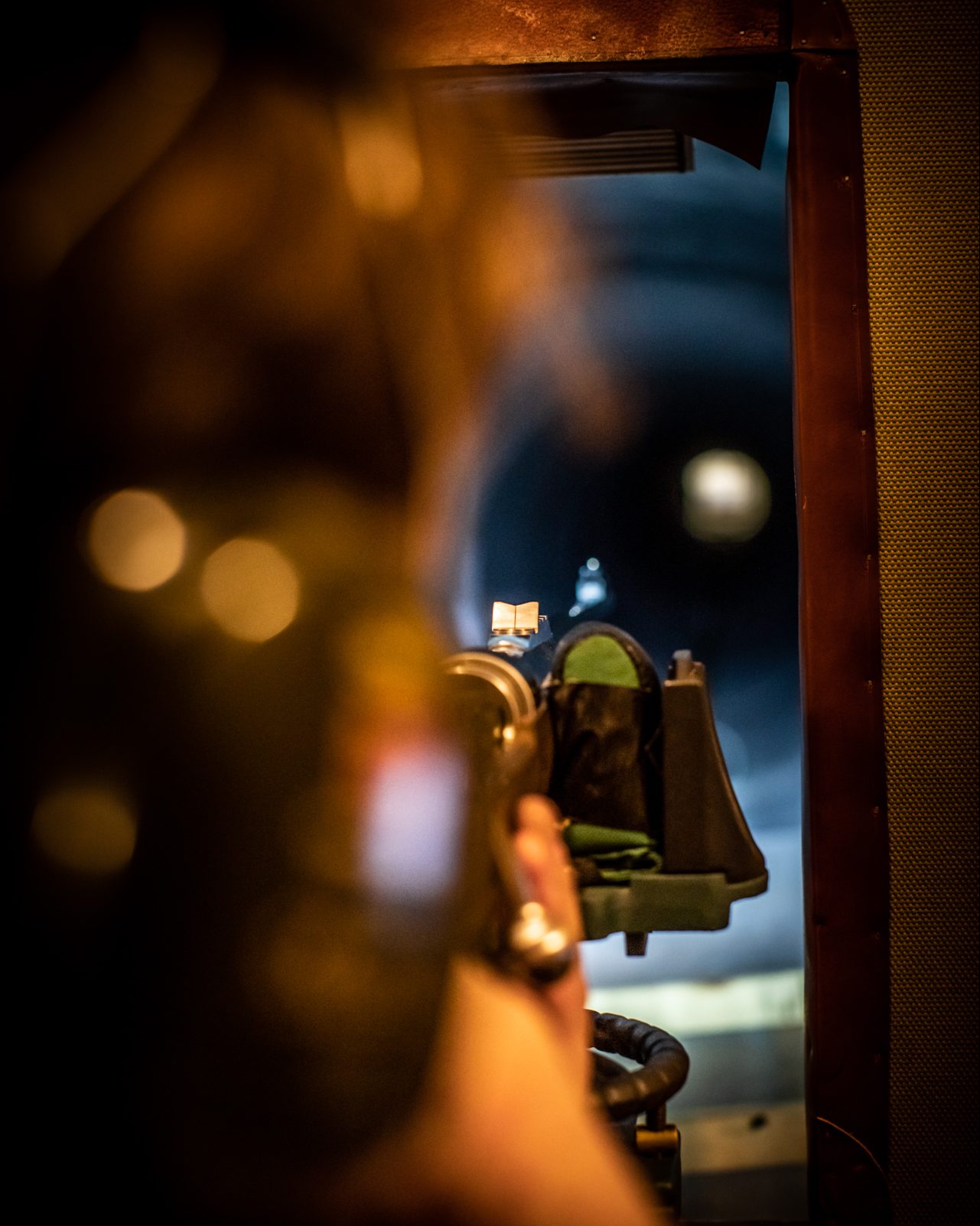
The truth is that at every stage of the build, the rifle-makers have uppermost in their minds that the core function of the rifle is to cycle rounds and hit the target. Countless minor checks and adjustments are made during the build to make sure that the final stages are straightforward and predictable.
Whether for the discerning collector or the avid sportsman, Westley Richards firearms represent the epitome of excellence in the world of bespoke gunmaking. Known for the droplock shotgun, over and under shotgun, double barrel rifle and bolt action rifle, the company has achieved an illustrious 200 year history of innovation, craftmanship and artistry. As part of our best gun build, clients can choose from three levels of gun engraving: the house scroll; signature game scenes; and exhibition grade masterpieces. All Westley Richards sporting arms are built at their factory in Birmingham, England. Discover more about the gunmaking journey at our custom rifles and bespoke guns pages.



 Enquire
Enquire







